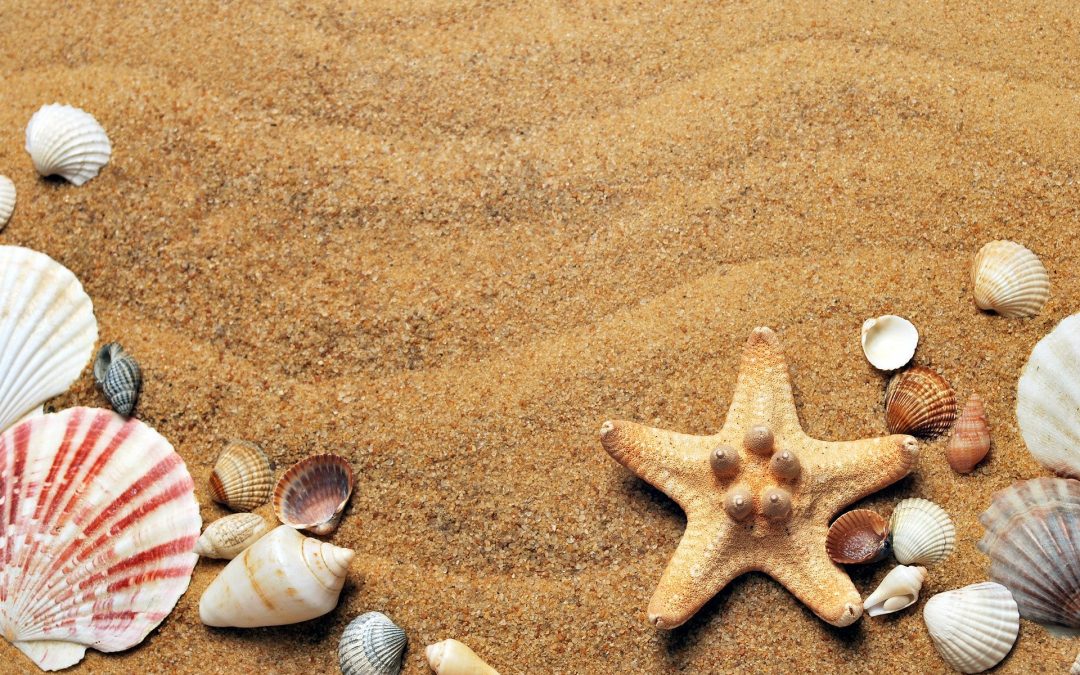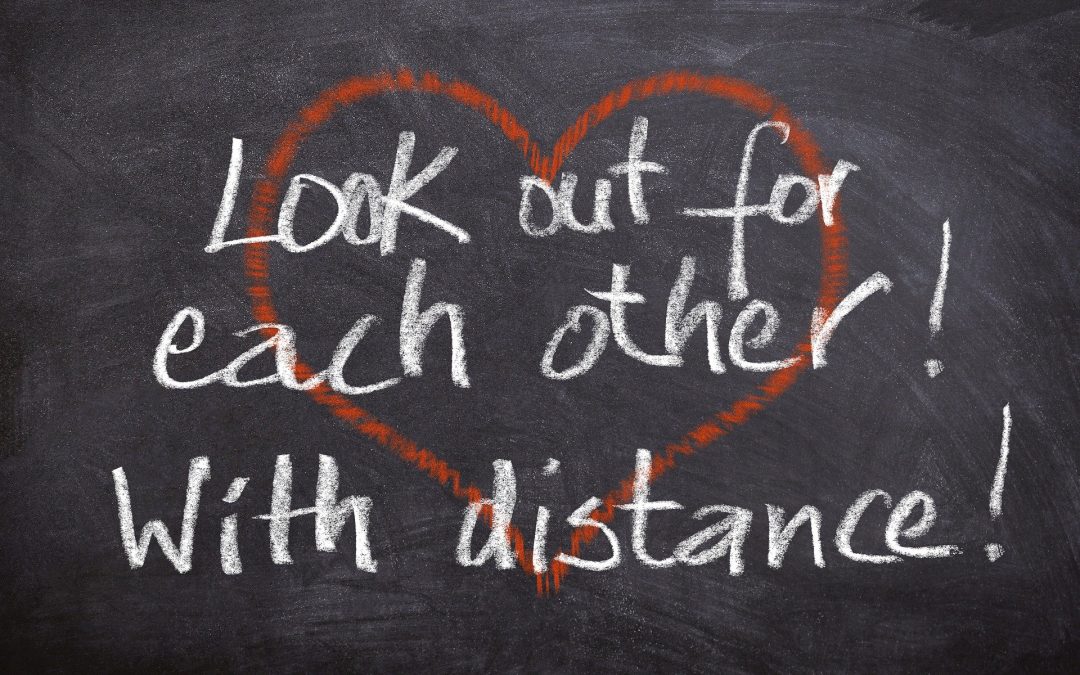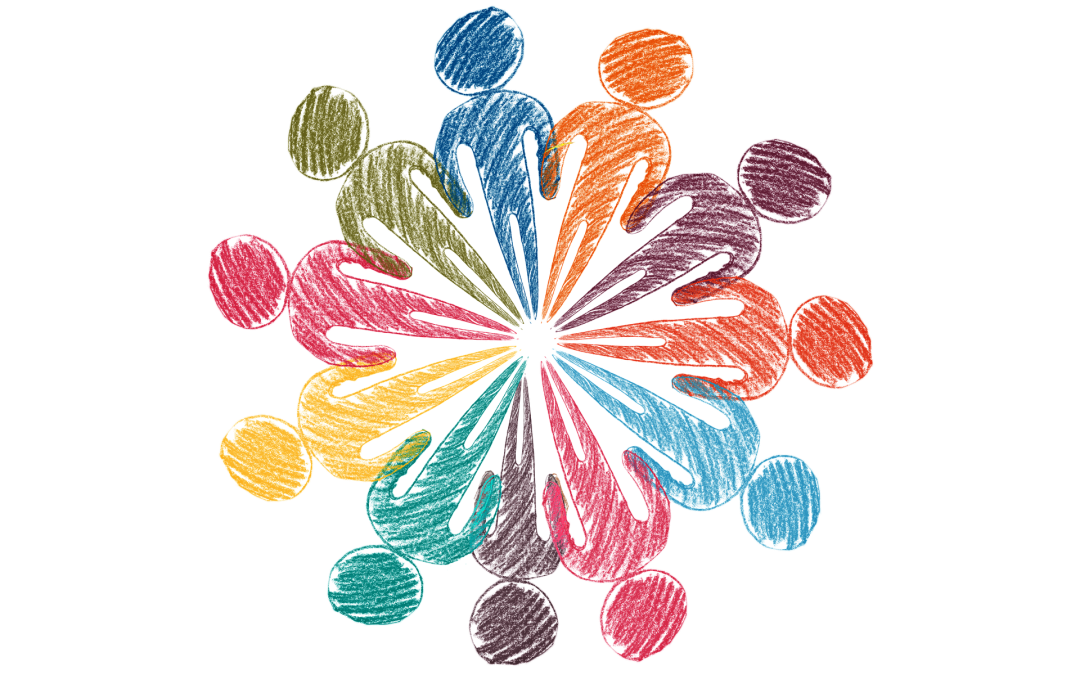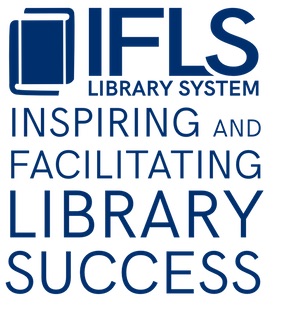
by Leah Langby | Apr 28, 2020 | Keeping Up With Kids
SYNC is a free summer audiobook program for teens. Returning April 30, 2020, SYNC will give away two complete audiobooks a week – pairs of high interest titles, based on weekly themes. This year’s titles are varied and interesting, as usual. And it...

by Leah Langby | Apr 23, 2020 | Keeping Up With Kids
Almost 6 weeks ago, when I was gathering up things to bring home to work on during the time at home, I was excited to spend some time delving into Project ENABLE (Expanding Non-discriminatory Access By Librarians Everywhere), an rich resource from Syracuse University...
by Leah Langby | Apr 22, 2020 | Keeping Up With Kids
Hey folks, I’ve had the opportunity to hear and meet Beck Tench and she is wonderful! This webinar will be useful to anyone who is struggling now, which is…um…everyone. DPI’s Division for Libraries and Technology is proud to bring Beck Tench to...

by Leah Langby | Apr 16, 2020 | Keeping Up With Kids
Everyone who works in a public library serves teens, but some people are a little nervous about that. Others enjoy teens but struggle to find ways to serve them effectively. This round-up of resources will hopefully give you some ideas to help staff members that...

by Leah Langby | Apr 15, 2020 | Keeping Up With Kids
I got the most amazing email from Betty Anne at the Turtle Lake Public Library this week, I asked if I could just turn it into a guest blog post. So many great ideas! So inspiring! Thanks Betty Anne! I’ve heard the idea of the CSLP theme “Imagine Your...

by Leah Langby | Apr 10, 2020 | Keeping Up With Kids
Looking for ways to connect with others during this time of physical distancing? While it might seem ironic/counter-intuitive to discuss the library’s place in the center of community during this time when our physical library buildings are closed, now is a great time...

by Leah Langby | Apr 9, 2020 | Keeping Up With Kids
Well, this is usually the time when Summer Library and Summer Learning plans are in full swing. But it can be hard to figure out how to plan when you don’t know what to plan for! Here are a few things to consider: Whatever you do, keep it simple! This is the...
by Leah Langby | Apr 8, 2020 | Keeping Up With Kids
Right now we are doing our very best to promote what services we can provide in any way we can. And we’ll have an interesting job conveying information about our shift back to services that require more contact, too! Here’s a round-up of some...

by Leah Langby | Apr 7, 2020 | Keeping Up With Kids
Yesterday the youth services librarians of IFLS-land gathered for our weekly virtual check-in. It is always great to see everyone and hear what they are thinking about, working on, planning. Here are some things that stood out from that session that bear further...

by Leah Langby | Apr 6, 2020 | Keeping Up With Kids
Connecting with your community might be a little trickier now than when everyone can get together in person and everyone is open for business a little more. But it is still possible, and even if you can’t quite figure it out right now, you can learn about some...









